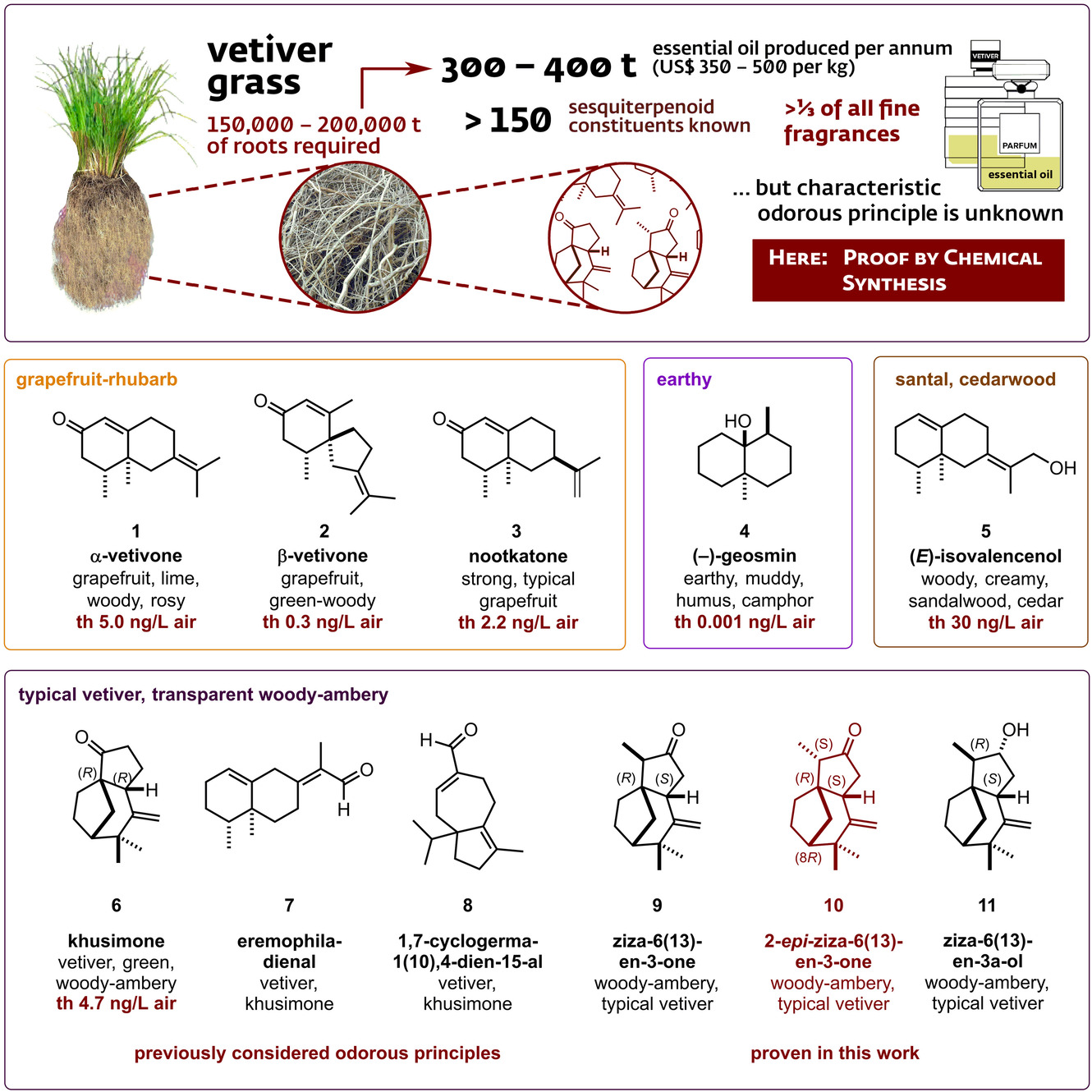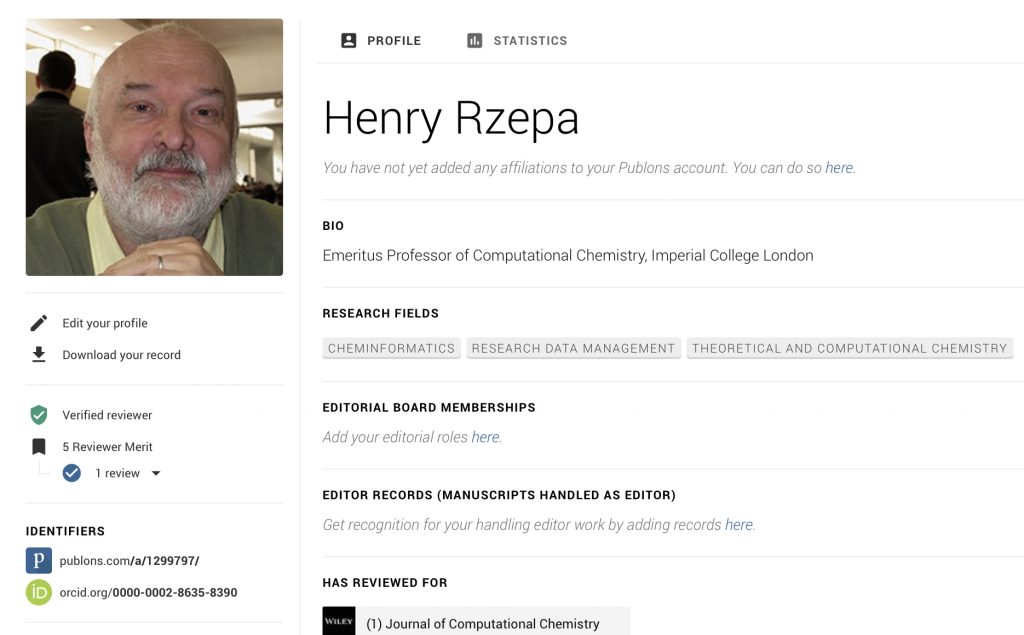When you talk π-aromaticity, benzene is the first molecule that springs to mind. But there are smaller molecules that can carry this property; cyclopropenylidene (five atoms) is the smallest in terms of atom count I could think of until now, apart that is from H 3 + which is the smallest possible molecule that carries σ-aromaticity.
Publicaciones de Rogue Scholar
Earlier this year, Molnupiravir hit the headlines as a promising antiviral drug. This is now followed by Paxlovid, which is the first small molecule to be aimed by design at the SAR-CoV-2 protein and which is reported as reducing greatly the risk of hospitalization or death when given within three days of symptoms appearing in high risk patients. The Wikipedia page (first created in 2021) will display a pretty good JSmol 3D model of this;

I have occasionally covered the topic of colours here, such as those of flowers and minerals, since it is at least possible to illustrate these using photographs or colour charts to illustrate the theme.
Sometimes a (scientific) thought just pops into one’s mind. Most are probably best not shared with anyone, but since its the summer silly season, I thought I might with this one. Famously, according to Einstein, m = E/c^^2, the equivalence of energy to mass. Consider a typical exoenergic chemical reaction: A → B, ΔG -100 kJ/mol.
I don’t normally write about the pharmaceutical industry, but I was intrigued by several posts by Derek Lowe (who does cover this area) on the topic of creating new drugs by deuterating existing ones. Thus he covered the first deuterated drug receiving FDA approval last year, having first reviewed the concept back in 2009. So when someone introduced me to sila-haloperidol , I checked to see if Derek had written about it.

We have heard a lot about OA or Open Access (of journal articles) in the last five years, often in association with the APC (Article Processing Charge) model of funding such OA availability. Rather less discussed is how the model of the peer review of these articles might also evolve into an Open environment. Here I muse about two experiences I had recently.

Bees are having a tough time around the world. Oddly, they are surviving very well in cities. One reason are the wild flower meadows in London and for some summer relief I thought I would tell you the story of the one shown below. We live in west London, in an area that was farmland as recently as the 1930s and used to produce vegetables and milk for the population of London.
The title refers to an upcoming symposium on the topic on 22-24 May, 2017. I quote here some of the issues tabled for discussion: Which data do we want to save, how and why and how long? What really needs to be reproducible? Are current reporting standards being used sufficiently? Are the current procedures for depositing data too onerous for scientists? Will technology, through increasing automation, fix most of the problems?

Another conference, a Cambridge satellite meeting of OpenCon, and I quote here its mission: “OpenCon is a platform for the next generation to learn about Open Access, Open Education, and Open Data, develop critical skills, and catalyze action toward a more open system of research and education” targeted at students and early career academic professionals. But they do allow a few “late career” professionals to attend as well!
To quote from Wikipedia: in chemistry, a carbene is a molecule containing a neutral carbon atom with a valence of two and two unshared valence electrons . The most ubiquitous type of carbene of recent times is the one shown below as 1 , often referred to as a resonance stabilised or persistent carbene . This type is of interest because of its ability to act as a ligand to an astonishingly wide variety of